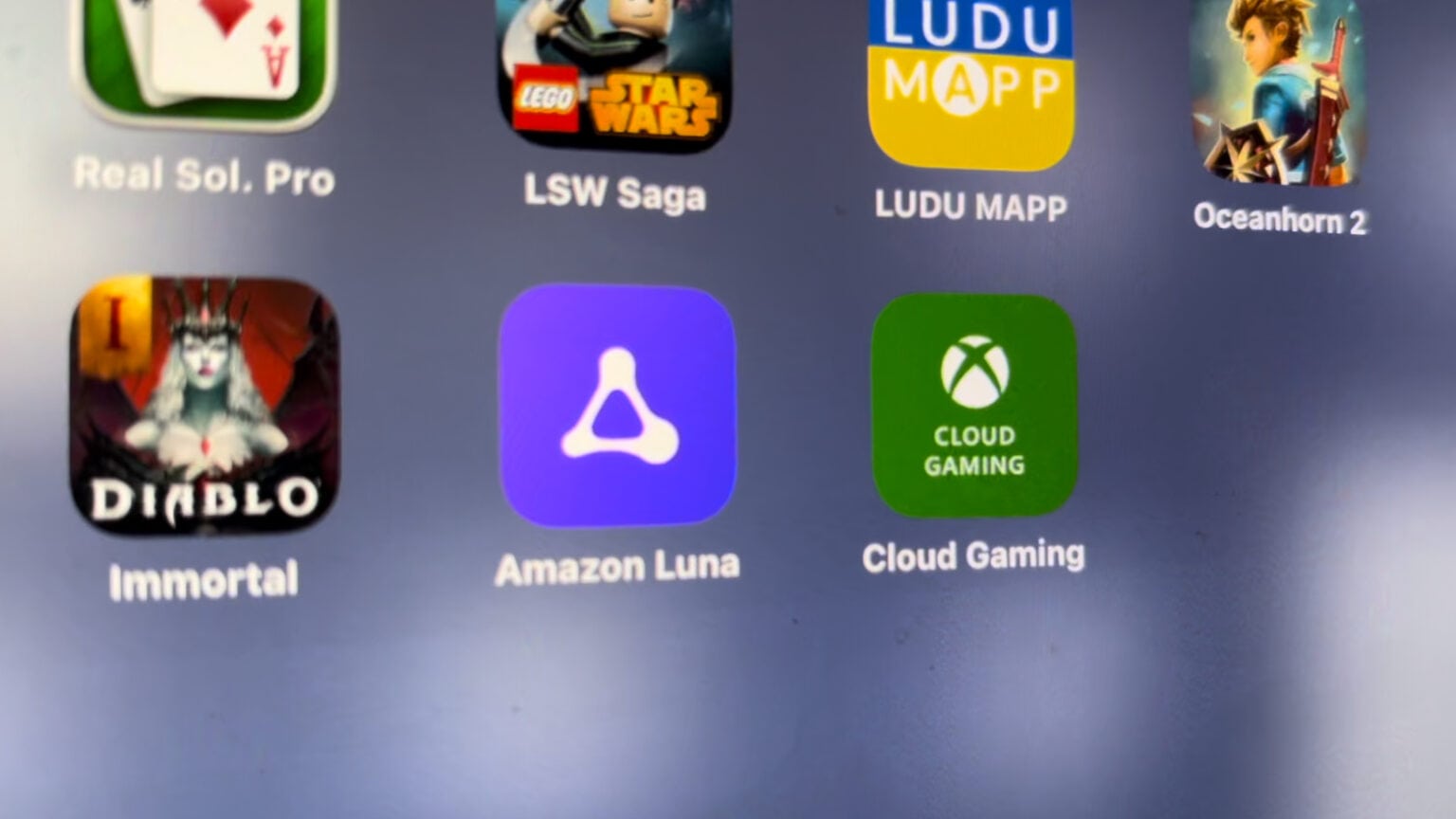Are you familiar with iPhone web apps? No? Turns out you aren’t alone. Apple admitted that the method for turning websites into applications never caught on.
It must have been a tough admission, given that Steve Jobs’ original plan for iPhone was that it would only support web apps, with no native third-party applications allowed.
Why web apps are going away in the EU
After sitting quietly in the background for years, web apps are suddenly drawing a lot of attention because Apple is disabling them in Europe. The company says it’s the result of new EU legislation.
iPhone has offered users a choice of web browsers for years but these all have to use the same browser engine, WebKit. The EU’s Digital Markets App requires that iOS support alternative browser engines. And Apple decided to not bring support for web apps to these.
“Addressing the complex security and privacy concerns associated with web apps using alternative browser engines would require building an entirely new integration architecture that does not currently exist in iOS and was not practical to undertake,” the iPhone-maker told developers.
A web app is more than a link to a web page. The developer can take steps to make it look like a native application, including hiding the usual browser interface. Plus, badges can be added to the home screen icon for these apps. And they can be quite sophisticated — as just one example, the Amazon Luna cloud gaming service is a web app, as is the Xbox version.
Why you probably don’t care
Apple admits it could have brought support for web apps to other browser engines than WebKit, but decided not to. Its reason: “Very low user adoption of Home Screen web apps.”
There are likely myriad reasons why few iPhone users are interested in web apps. That starts with iPhone users being accustomed to going to the App Store for new software, but web apps aren’t listed there.
Another drawback is the cumbersome process of adding a web app to the iOS home page. Developers can’t simply show an Install button, as with native applications. They have to explain how to bookmark the app in Safari.
Web apps could have been so much more
If Apple co-founder and former CEO Steve Jobs had had his way, all iPhone users would have been very familiar with web apps and had no clue what an iOS App Store is. Jobs was reportedly opposed native third-party applications. And he refused to listen to initial calls that iPhone allow developers to create them.
That’s why, when iPhone was announced in 2007, Jobs talked up the possibilities of web apps and there was no sign of an App Store. That didn’t change until 2008.
And web apps still have their advantages. It’s a way to offer iPhone applications that don’t conform to Apple’s stringent App Store guidelines. Plus, in-app purchases don’t have to use Apple’s payment system. That’s, incidentally, why Amazon Luna is a web app.
And now that Apple is ending support for Web apps in the EU, some are claiming the company is using the DMA as an excuse to close a loophole that allows developers to do an end run around the App Store and cut Apple out. But that loophole existed since the earliest version of the iPhone, and it never caught on. As Apple pointed out, web apps have “very low user adoption.”
So when iOS 17.4 launches in March, iPhone users in the European Union will no longer have access to web apps. Not that very many of them will notice.


